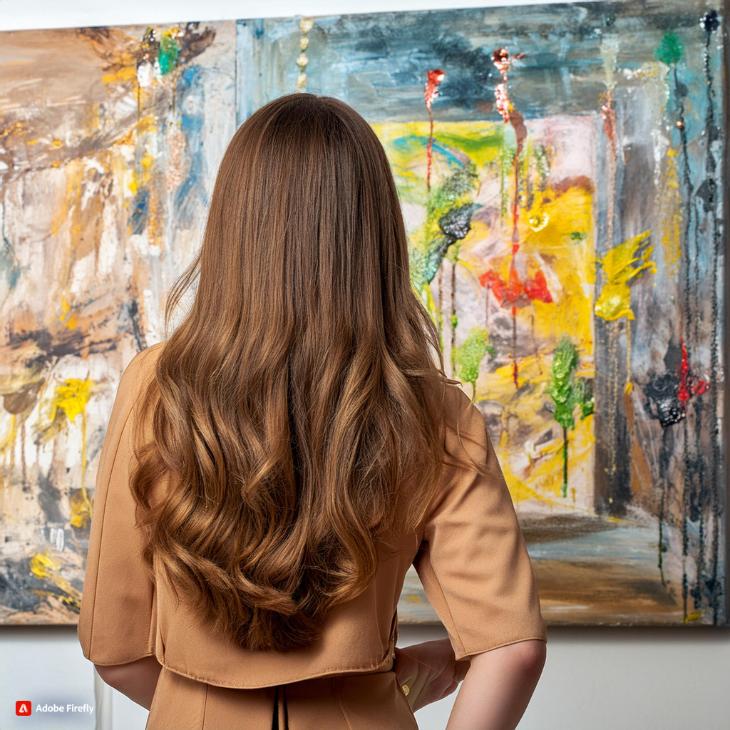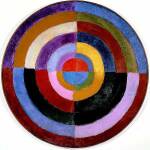You’ve read all about Jackson Pollock’s intriguing life, his work, and his legacy. You love his abstract expressionismThe term Abstract ExpressionismThe term Abstract Expressionism is applied to new forms of abstract art developed by American painters such as Mark Rothko, Jackson Pollock, and Willem de Kooning, flourishing between 1943 and the mid-1950s. Since Abstract Expressionism marked the beginning of New York City as the centre of the Western art world, the movement is also known as the New York School. More is applied to new forms of abstract art%22%20transform%3D%22translate(.5%20.5)%22%20fill-opacity%3D%22.5%22%3E%3Cellipse%20fill%3D%22%23fff%22%20rx%3D%221%22%20ry%3D%221%22%20transform%3D%22rotate(49.5%20-73.5%20216.4)%20scale(22.32723%2041.18916)%22%2F%3E%3Cellipse%20fill%3D%22%2360313a%22%20cx%3D%2272%22%20cy%3D%2276%22%20rx%3D%2261%22%20ry%3D%2261%22%2F%3E%3Cellipse%20fill%3D%22%23fff%22%20rx%3D%221%22%20ry%3D%221%22%20transform%3D%22rotate(-131.7%2070.2%20-26.1)%20scale(108.88858%2017.91884)%22%2F%3E%3Cellipse%20fill%3D%22%23fff%22%20rx%3D%221%22%20ry%3D%221%22%20transform%3D%22rotate(-131.1%2036.5%2066.6)%20scale(60.55413%2017.0478)%22%2F%3E%3C%2Fg%3E%3C%2Fsvg%3E) Abstract artworks diverge from depicting recognizable scenes or objects and instead use colors, forms, and lines to create compositions that exist independently of visual references from the natural world. This movement, which gained momentum in the early 20th century, was propelled by artists such as Wassily Kandinsky, Piet Mondrian, and Kazimir Malevich. These artists aimed to explore spiritual, emotional, and More developed by American painters such as Mark RothkoMark Rothko (1903 – 1970) is closely associated with the New York school, a circle of painters that emerged during the 1940s as a collective voice in American art. During his career spanning five decades, he created a new form of abstract art. Mark Rothko, Untitled (1964) Rothko was born in Daugavpils, Latvia, into a highly educated family and was More, Jackson PollockAmerican painter Jackson Pollock (1912 – 1955) was one of the leading figures of Abstract Expressionism and the New York School. He is best known for his large action drip paintings, which he produced between 1947 and 1952, created by pouring and manipulating liquid paint atop canvases set on the floor. Pollock was born in Cody, Wyoming and grew up More, and…
Abstract artworks diverge from depicting recognizable scenes or objects and instead use colors, forms, and lines to create compositions that exist independently of visual references from the natural world. This movement, which gained momentum in the early 20th century, was propelled by artists such as Wassily Kandinsky, Piet Mondrian, and Kazimir Malevich. These artists aimed to explore spiritual, emotional, and More developed by American painters such as Mark RothkoMark Rothko (1903 – 1970) is closely associated with the New York school, a circle of painters that emerged during the 1940s as a collective voice in American art. During his career spanning five decades, he created a new form of abstract art. Mark Rothko, Untitled (1964) Rothko was born in Daugavpils, Latvia, into a highly educated family and was More, Jackson PollockAmerican painter Jackson Pollock (1912 – 1955) was one of the leading figures of Abstract Expressionism and the New York School. He is best known for his large action drip paintings, which he produced between 1947 and 1952, created by pouring and manipulating liquid paint atop canvases set on the floor. Pollock was born in Cody, Wyoming and grew up More, and…



